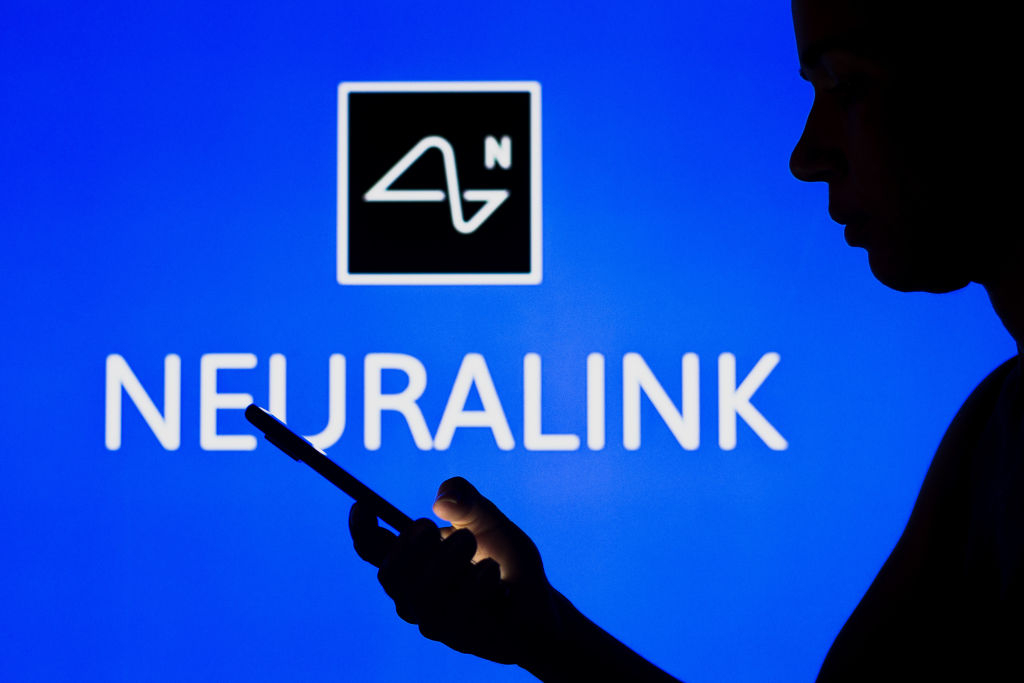Elon Musk continues to be talked about, but this time not because of Tesla, Twitter or SpaceX, but regarding some of his recent statements about Neuralink, the company he created in 2016, which deals with health technology. In particular, on November 30, Musk showed the public his ambitions for the future and according to the plans of the histrionic number one of Tesla “within six months Neurlalink will be able to implant its first device in the brain of a human being”thus allowing people to communicate with computers through thought.
Musk, who has also tweeted about the upcoming launch of Tesla’s Semi truck in these hours, strongly believes in his brain implant technology, so much so that he has repeatedly reiterated his intentions to try these chips on his skin.
According to Musk Neuralink devices among other things, will be able to restore sight even to people born blindbut also of “restore full body function to people with severed spinal cords”. However, some critics say these ambitious announcements should be treated with the utmost caution.
At present, none of Neuralink’s devices have been tested on humans, nor have they been approved by the Food and Drug Administration (FDA), the US government agency that deals with the regulation of food and pharmaceutical products.
Skepticism about project feasibility
All this does nothing but increase skepticism about the concrete feasibility of the project. From this point of view, Musk also reiterates that “we want to be extremely careful and certain that it will work well before inserting a device into a human being, but I believe most of our paperwork is submitted to the FDA”.
The tests would have already begun and in particular on monkeys, but the experiments have not convinced everyone. Already last year, a photo of a monkey was shown to the public which, thanks to the chip implanted in its brain, was able to play a video game in a totally autonomous way, but what happened to these monkeys?
“Scimmie Cyborg”
Well yes, it later emerged that 15 of the 23 chipped monkeys They’re deadwith the medical commission Physicians Committee for Responsible Medicine (PCRM) who came to the conclusion that the monkeys used in Neuralink’s experiments had been mistreated. According to the PCRM almost every ‘cyborg’ monkey has experienced quite debilitating health problems, with them developing internal bleeding, paralysis, chronic infections, seizures and death.
All of this raises even more questions about the risk-benefit ratio of similar experiments and especially if you have to do with people’s lives. From this point of view, many experts have warned of the dangers of encouraging people who have severe disabilities to hope for recovery, especially if they risk incurring injuries given that the technology is implanted with surgery through an invasive procedure.
Not just Neuralink
But Neuralink’s isn’t the only project of this kind. Blackrock Neurotech is on track to bring a neural interface (BCI) system to market as early as next year. But not only, Synchronous received FDA approval in 2021 to begin a clinical trial for a permanently implanted neural interface device, while rumors also Paradromics is preparing to begin human trials in 2023.
Despite the skepticism, in the coming months Neuralink will try to get approval from the FDA in order to start experimenting with brain chips on the first humans with the aim of increasingly enhancing human capabilities.
In Musk’s plans, Neuralink “it will allow paralyzed people to use smartphones or move robotic limbs with their minds”. How? An 8 mm hole in the skull and a chip connected to the brain with thinner strands of hair will suffice.
